Designing Outdoor Spaces for Biodiversity
Chosen theme: Designing Outdoor Spaces for Biodiversity. Step into a world where gardens hum with life, pathways invite pollinators, and every corner shelters a story of renewal. Subscribe, share your habitat wins, and help us rewild our neighborhoods together.
Start with a Living Site Plan
Read Sun, Shade, and Soil Like a Field Guide
Track sun paths, puddles after rain, and breezes across seasons. Test soil texture and pH. This slow observation reveals microhabitats where specific native plants and beneficial insects will flourish without constant intervention.
Set Biodiversity Goals That Matter
Decide whether you’ll prioritize pollinators, birds, amphibians, or all three. Define measurable targets—continuous bloom months, nest boxes installed, native plant percentage—then invite readers to comment with their goals and join our challenge.
A Backyard Story of Noticing First
A reader mapped roof runoff, a windy corner, and a shady fence line. Their rain garden captured storms, a hedgerow calmed gusts, and shade natives flourished. Share your site sketch and inspire someone nearby.
Choose Region-Specific Natives
Reference your ecoregion guides and local native plant societies. Prioritize species that host specialist pollinators and caterpillars. Comment with your region, and we’ll suggest three keystone plants to jump-start your habitat plan.
Design in Layers for Structure and Shelter
Combine canopy trees, understory trees, shrubs, perennials, and groundcovers. This vertical diversity increases nesting sites, food sources, and temperature refuge. Post a photo of your layers to inspire others designing for biodiversity.
Stitch Seasons Together with Succession
Plan a bloom calendar from earliest spring ephemerals to frosty asters. Include winter seedheads for finches. Share your longest-blooming native and help readers discover plants that feed neighbors winged and rooted.
Water as Habitat: Shape, Slow, and Soak
Carve shallow basins where downspouts meet soil, then plant moisture-loving natives. Swales slow water, reduce erosion, and refill groundwater. Tell us where water pools in your yard, and we’ll brainstorm planting palettes together.
Water as Habitat: Shape, Slow, and Soak
A shallow-edged pond invites dragonflies, frogs, and thirsty birds. Skip fish to protect amphibians, add a rock beach exit, and keep some leaf litter. Share your pond builds and seasonal sightings to encourage new creators.
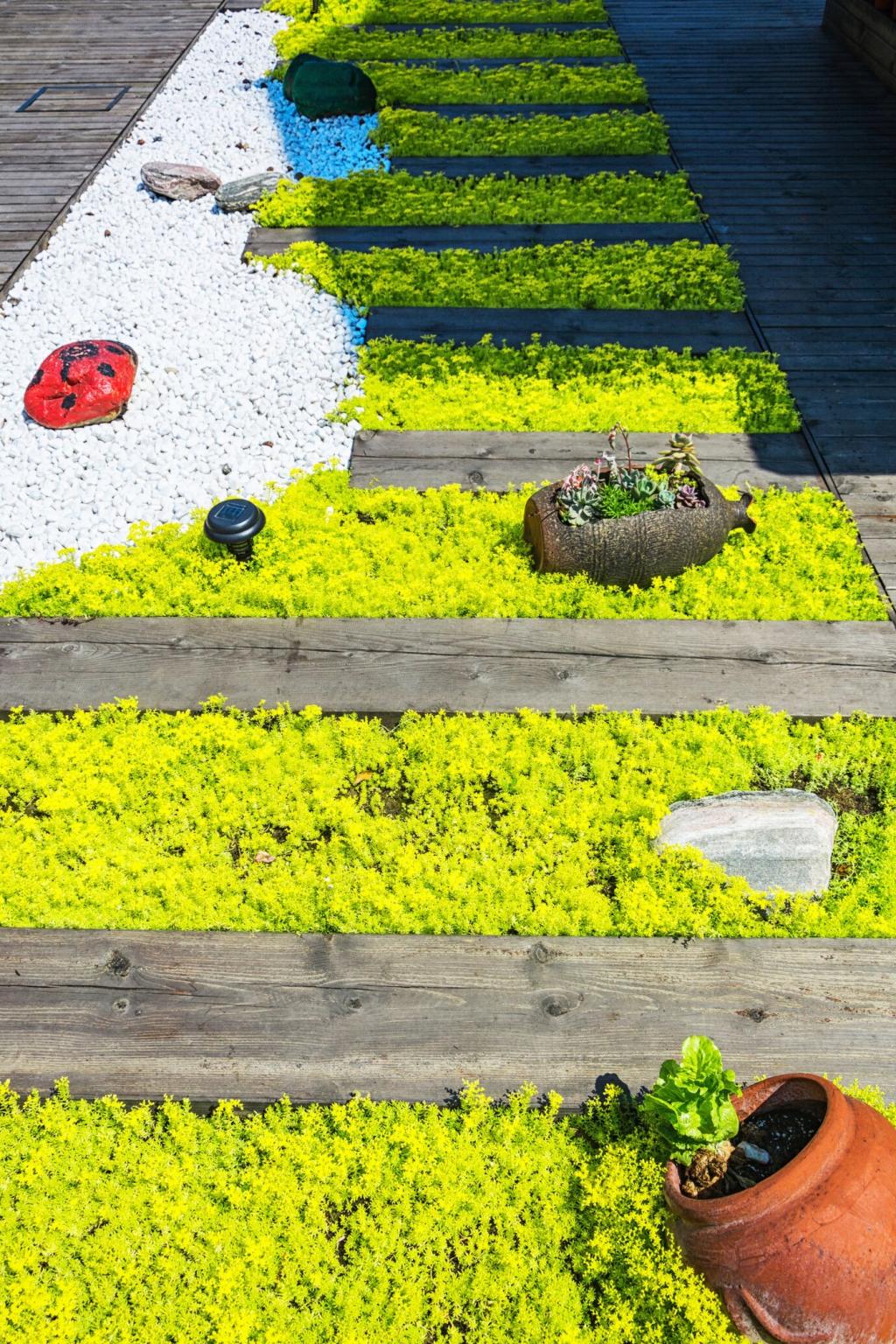
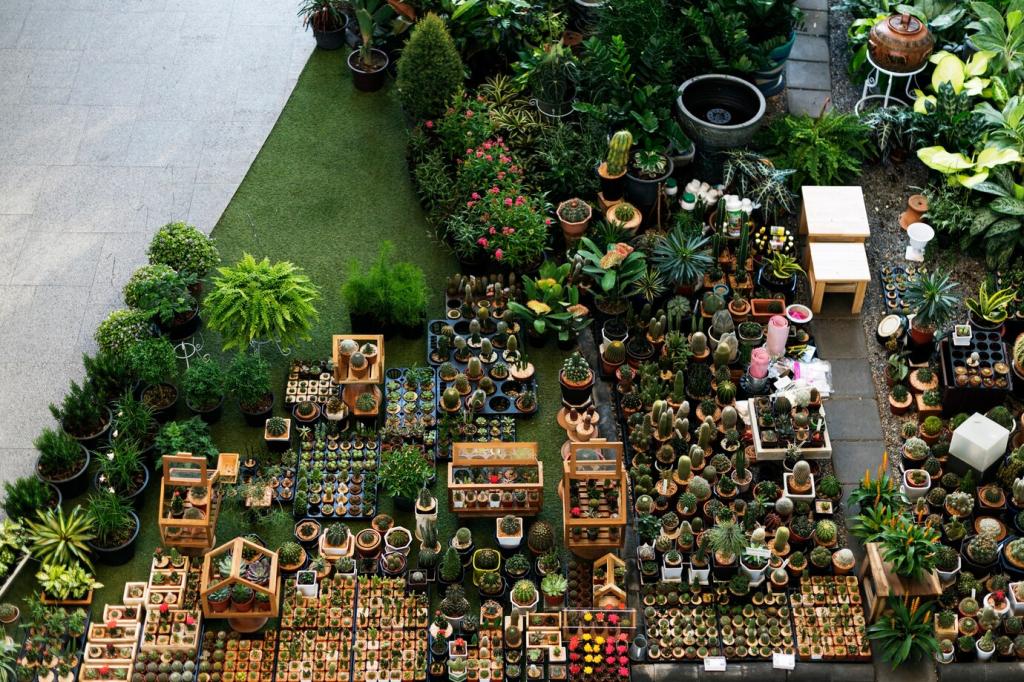
Soil Life: The Hidden Engine of Biodiversity
Compost, Mulch, and Gentle Disturbance
Layer leaf mold, wood chips, and finished compost to create spongy, nutrient-rich soil. Avoid tilling to protect fungal networks. Tell us your favorite mulch mix and how it improved pollinator visitation or plant vigor.
Leaf Litter and Deadwood Are Homes
Leave a brush pile, a log section, and autumn leaves in beds. These microhabitats shelter beetles, solitary bees, and overwintering butterflies. Post your most surprising wildlife find beneath a humble log or leaf blanket.
Edge Habitats Multiply Life
Where meadow meets hedge and stone meets soil, diversity spikes. Add rock piles, hedgerows, and curved bed edges. Share a sketch of your edges; we’ll feature creative layouts that boost biodiversity without extra space.
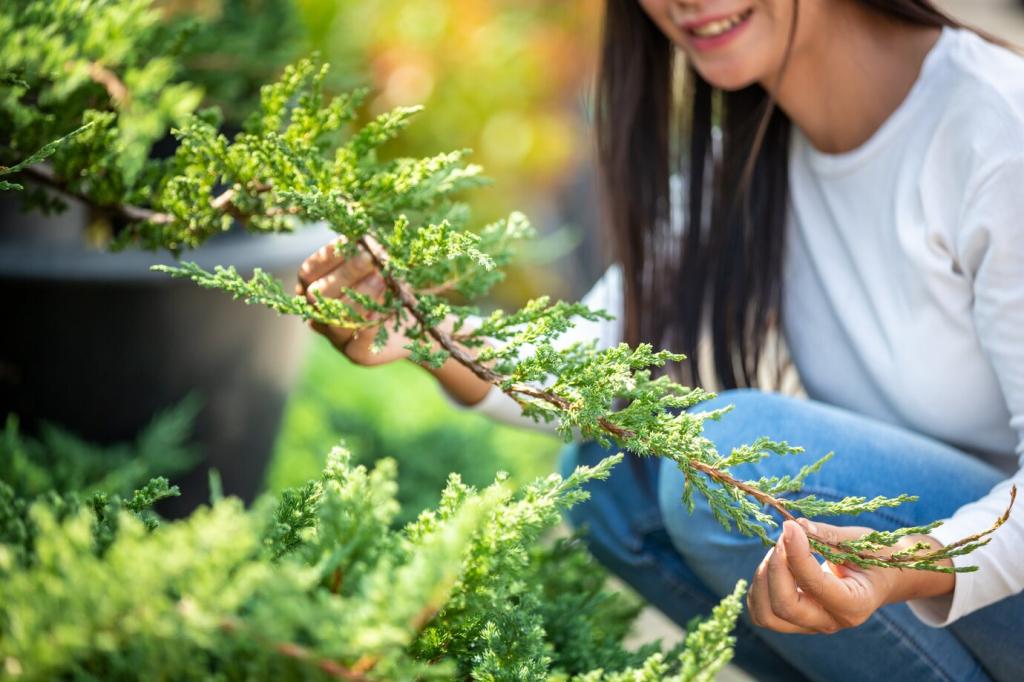
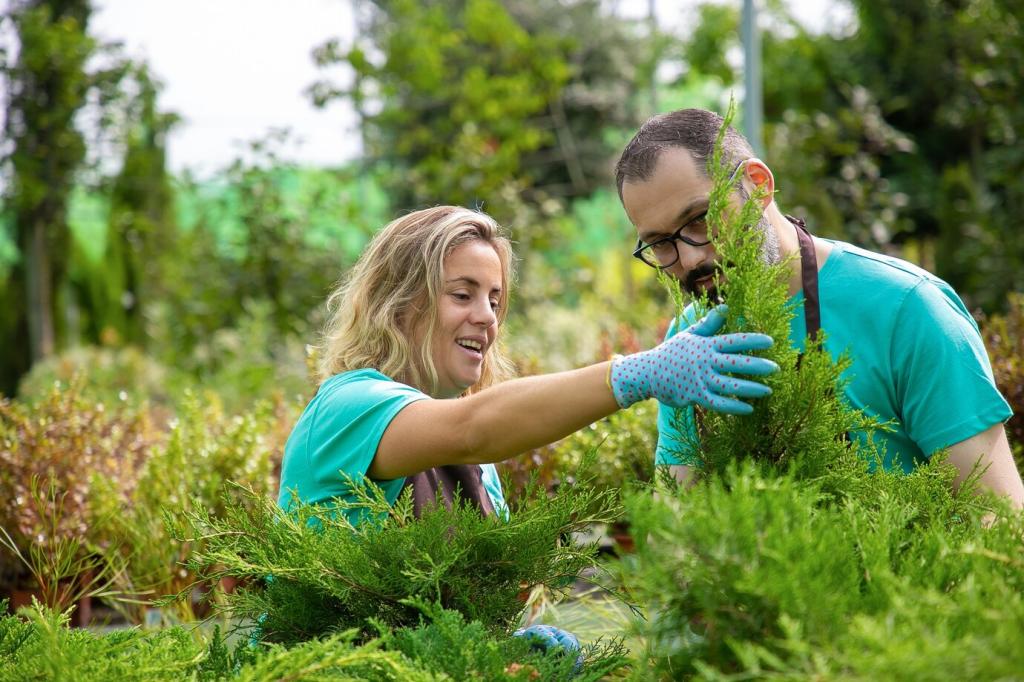
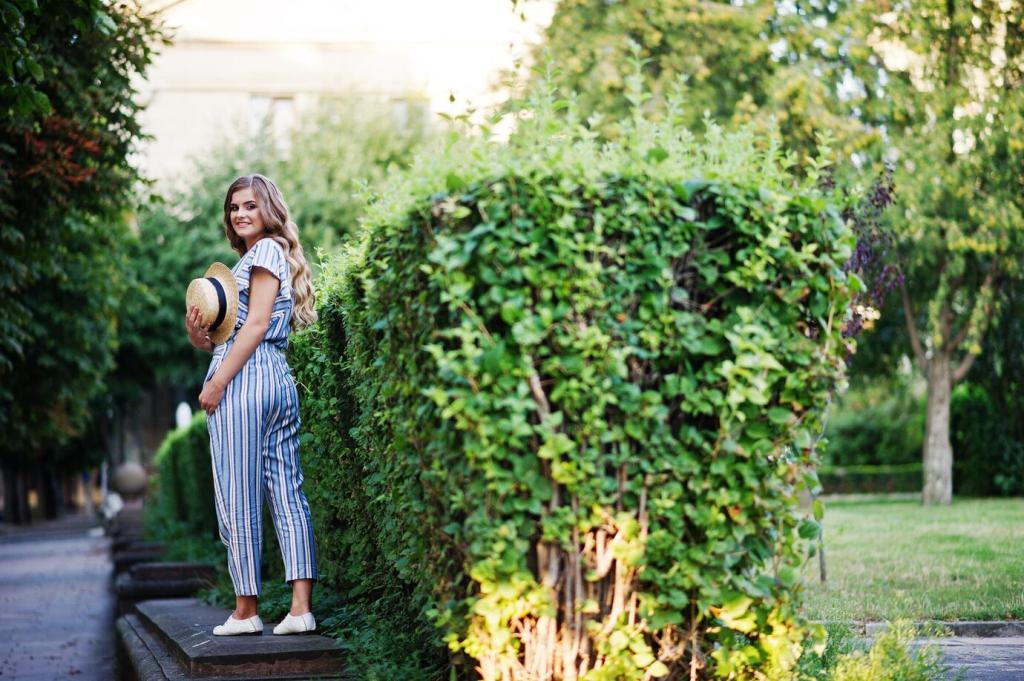
Welcoming Wildlife While Managing Conflicts
Install birdhouses sized for local species, retain thickets for wrens, and add perches for hawks controlling rodents. Include brushy corridors. Comment with your most successful nest box and the species it supported.
Welcoming Wildlife While Managing Conflicts
Use warm, shielded lights on timers and apply bird-safe window film. Night insects, moths, and migrating birds will thank you. Share your lighting changes and any nocturnal visitors you’ve noticed since adjusting.
Edible Biodiversity: Tasting the Food Web
Edible Natives with Ecological Bonuses
Serviceberries, pawpaws, and elderberries feed people and wildlife. Their flowers host pollinators; their fruit supports birds. Tell us which edible native you’ll plant next and how you’ll share the harvest with neighbors.
Pollinator Pathways Through the Kitchen Garden
Interplant flowering herbs—thyme, dill, and basil—between vegetables. These nectar stops attract beneficial insects that manage pests naturally. Post your favorite herb–veggie pairing and what wildlife you noticed after planting it.
A Community Harvest Anecdote
A small courtyard swapped lawn for elderberries and asters. Children counted bees, grandparents made jam, and goldfinches lingered. Share your harvest story, and invite a friend to subscribe for next season’s biodiversity recipes.
Balcony Habitats That Buzz
Use deep containers with native grasses, penstemons, and compact shrubs. Add a saucer water station with stones for safe landing. Comment with your balcony orientation, and we’ll suggest plant palettes that fit sun and wind.
Vertical Layers in Containers
Stack trellised vines, mid-height perennials, and ground-hugging sedges. Tuck hollow stems for solitary bees. Share a photo of your container layers, and tag a friend to join our micro-habitat design series.
Observe, Record, and Celebrate
Track first blooms, visiting butterflies, and nighttime moths. Use a simple journal or app, then comment with your most surprising sighting. Your notes help others believe their tiny spaces truly matter.
